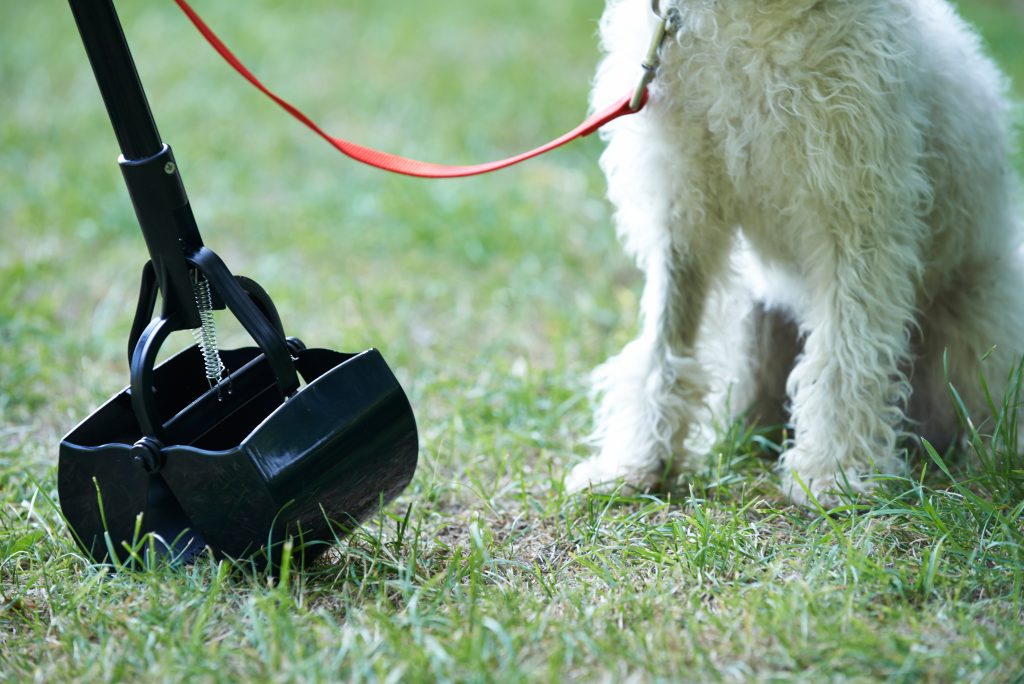Pet Poo & Water
The connection between our water supply and our pets’ waste might not be obvious, but that doesn’t mean it’s trivial. Take a look at the numbers:
- An estimated 47% of U.S. households have at least one dog
- That amounts to approximately 53 million dogs
- Each of those 53 million dogs produces about 0.75 pounds of waste every day
- That equals about 400 pounds of poo every year for every household–about 6.3 BILLION pounds nationally
But what happens to all that waste? After all, it would fill a space the size of a football field about 800 feet high. Well, if it isn’t picked up and disposed of properly, it could end up in our waterways. That means the rivers, lakes, and reservoirs we play in, get our drinking water from, and more. How does that work? The rain washes it away. Every time it rains, some of the poo left laying around is washed out of the yard, down a storm drain, and into a waterway.
If the idea of swimming in pet poo isn’t bad enough on its own, consider what the poo brings with it: bacteria.
What You Can Do

The lesson here: pick up after your pet and properly dispose of the waste. Here are some suggestions:
- Bag it, and throw it in the trash. Consider using biodegradable bags. Biodegradable bags can be thrown in the trash but can also be composted. Be sure not to use compost containing dog waste on vegetable gardens or food crops.
- Flush it down the toilet. A warning, though: if your home is on a septic system, talk with the manufacturer to make sure your system can handle the extra load.
- Install an underground pet waste digester. These affordable, easy-to-install tools enable you to dispose of the pet waste without ever having to bring it inside your home.